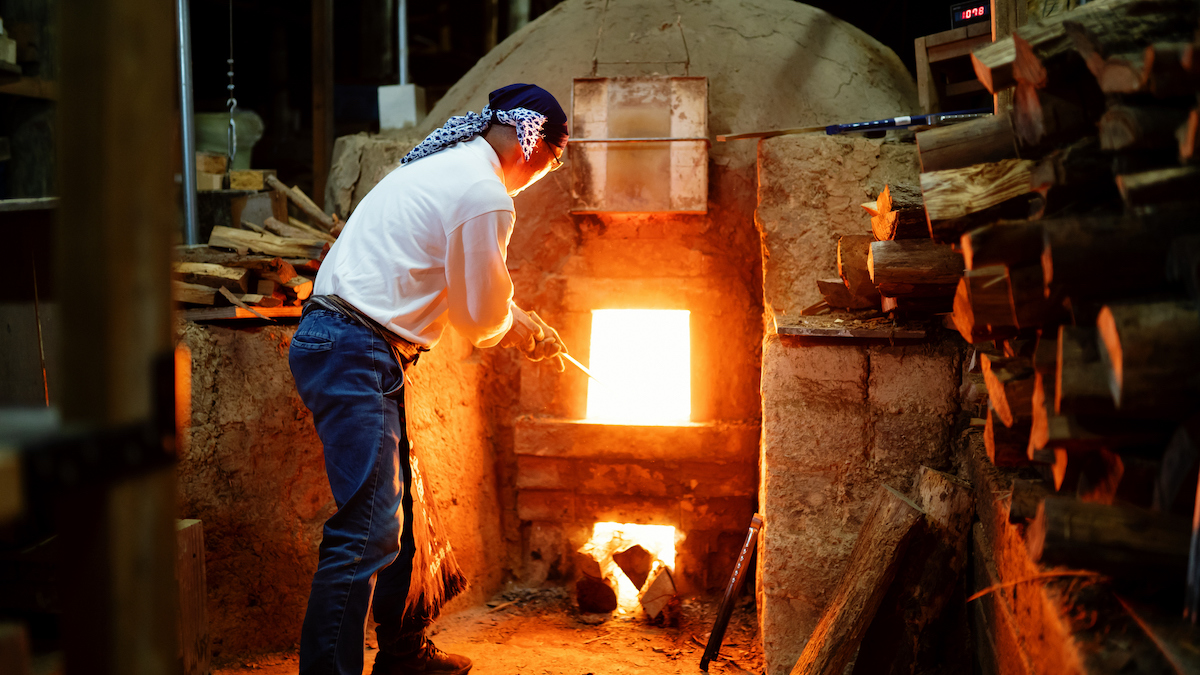Ethereum’s ‘kiln’ testnet fires up as network creeps closer to proof-of-stake

Getty Images
Ethereum’s biggest test before its merge into a proof-of-stake consensus layer is underway.
Developers have spun up a final testnet, known as “Kiln,” to how the merger of two blockchains will work ahead of the actual merge in a few months.
In case you missed it: the Kiln merge testnet is underway. Right now it’s two chains, PoW and PoS. Soon, they’ll merge to Proof of Stake consensus. This is a major milestone and marks Ethereum’s readiness for full Proof of Stake. The merge will cut our energy footprint by 99.98%.
— superphiz.eth (@superphiz) March 15, 2022
“A Kiln is a high-temperature oven used to turn clay into hardened objects, such as pottery or brick,” the Ethereum Foundation noted in a blog post.
A date for the long-delayed merge hasn’t been announced beyond the second quarter, which would be between the beginning of April and the end of June.
Ethereum Beacon chain community organiser superphiz recently outlined five reasons why the merge will take place in June, including the so-called “difficulty bomb” set to detonate around that time if the network doesn’t upgrade.
“The difficulty bomb is put in place as an accountability mechanism to urge major upgrades to completion,” he wrote.
“Developers will be pushing against the clock in June to determine if they should do a hard fork to move the difficulty bomb, or use the rare hard fork opportunity to implement the merge.”
“At this time, there is no public statement of anyone encouraging moving the difficulty bomb without also implementing the merge.”
The merge will mean the energy-intensive process of Ethereum mining will disappear, and it will also pave the way for a scalability upgrade known as sharding to be implemented next year.
Ethereum is the second-biggest cryptocurrency, behind Bitcoin, with a market capitalisation of US$305 billion.
There’s US$108.7 billion in value locked in various DeFi protocols on the network, according to DeFi Llama, giving Ethereum a 54.7 per cent market share of all DeFi smart contract platforms.
Related Topics
UNLOCK INSIGHTS
Discover the untold stories of emerging ASX stocks.
Daily news and expert analysis, it's free to subscribe.
By proceeding, you confirm you understand that we handle personal information in accordance with our Privacy Policy.








